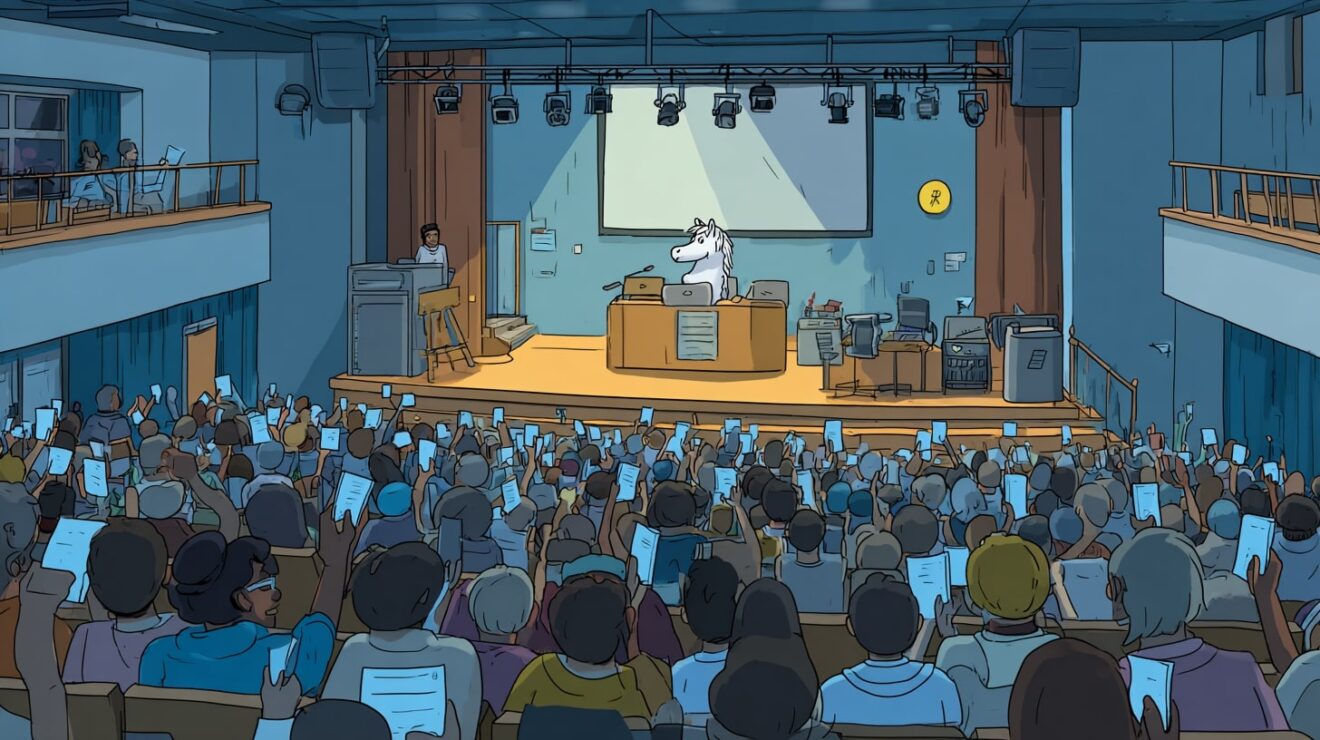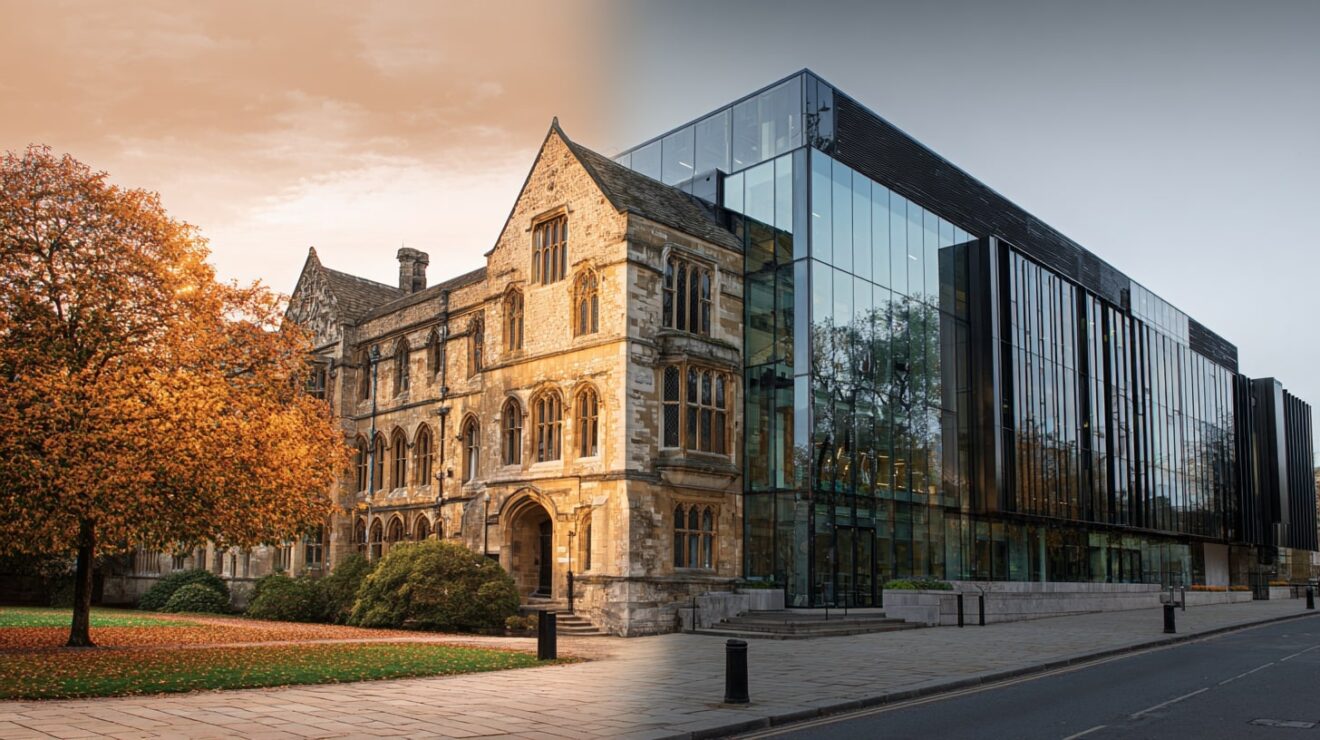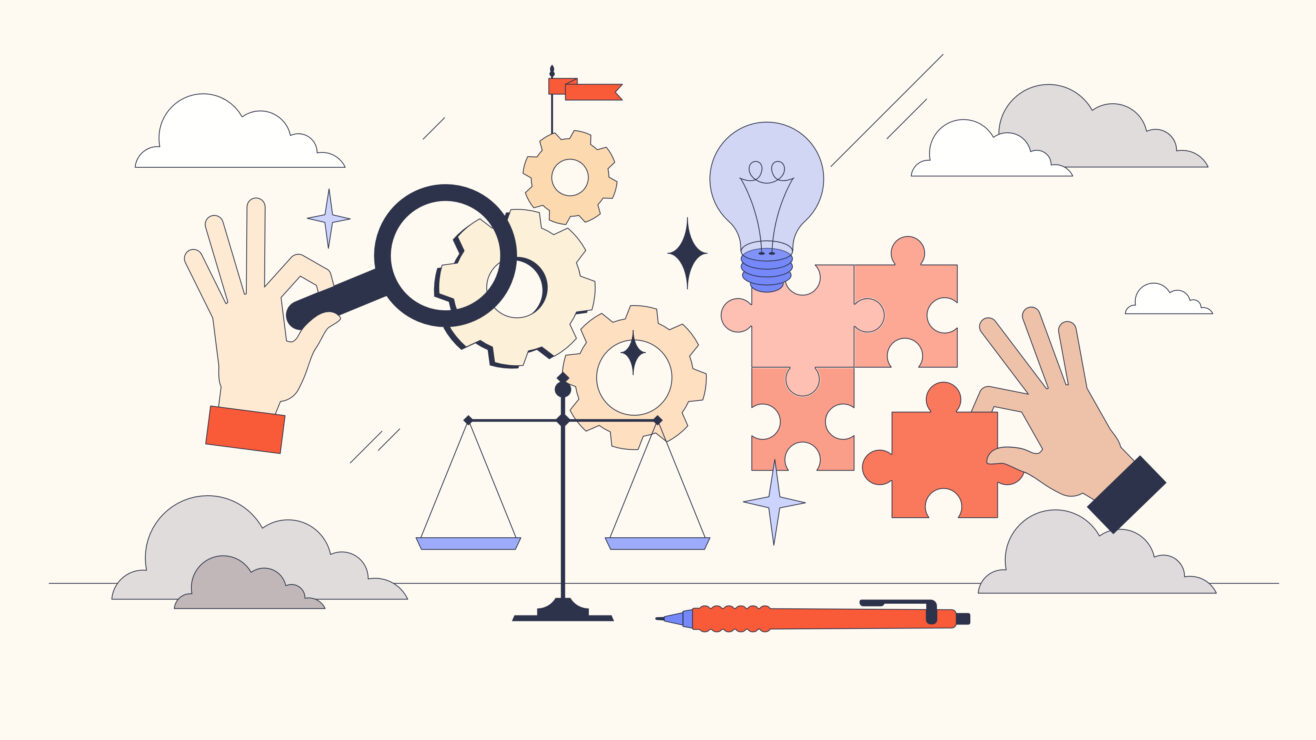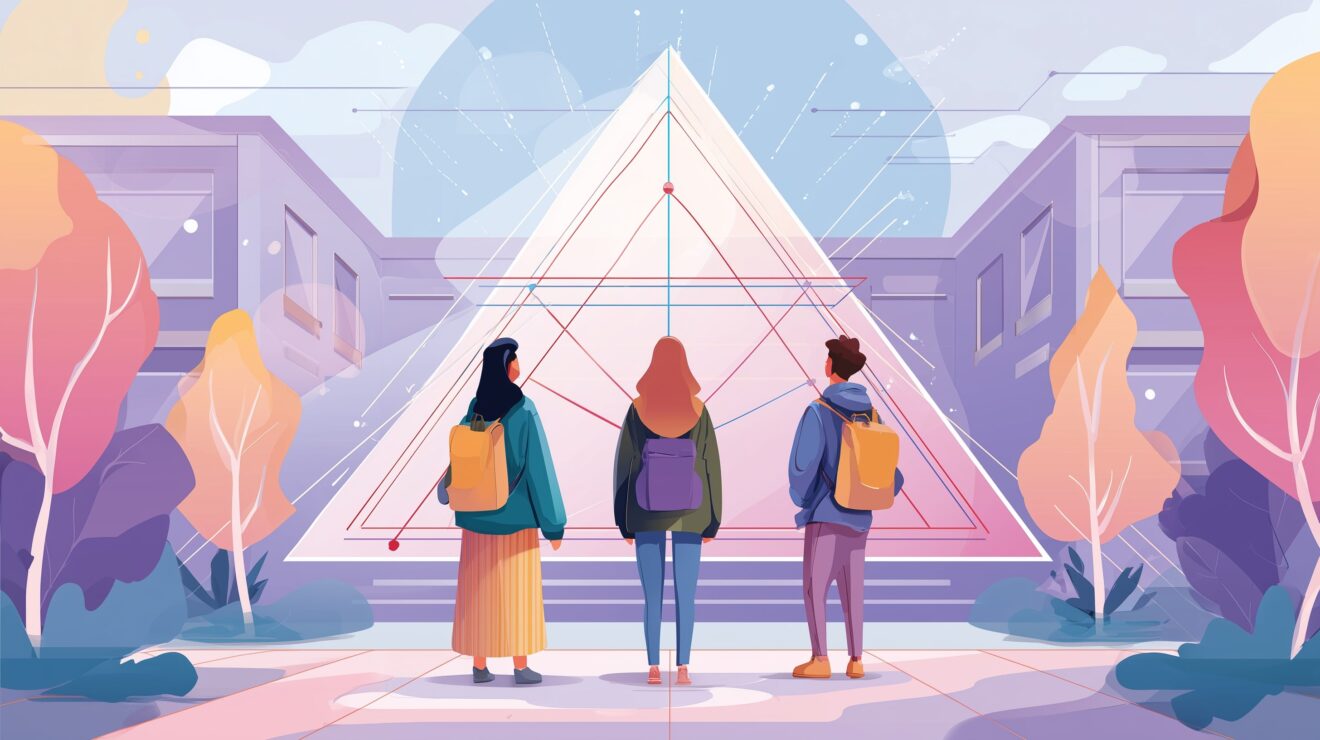As most Students’ Unions moved to incorporation in 2010, many of us were left with the decision of what to do with our Student Councils.
After councils lost much of their governance power to trustee boards, many became purposeless: they continued to hold policy making powers, but were frequently poorly attended, elected in unrepresentative elections and obsessed with apostrophes. To change this, many SUs started looking at ways to disband councils and recreate their policy-making powers: ideas forums, regular referenda and online polls became the norm.
A small subset of SUs, including my own, started building systems that relied on an adapted version of the citizens’ jury model to make decisions. With this adaptation, we were now in a brave new world where it wasn’t a random bunch of Hall Presidents, Sport Captains and RAG Chairs in a room deciding policy, but 20 randomly-selected paid strangers deciding it. As we head into the next round of Democratic Reviews, it’s worth exploring how a small and crucial misunderstanding of citizens’ juries may mean that we all pause for thought before its adoption.
A little history
For a few hundred years the criminal justice system has relied upon getting a small number of citizens to make decisions about the fate of defendants. In the 1970s-80s the Jefferson Center in the US took the radical step of taking that same concept out of the courtroom and into government. Using the basic tenets of criminal justice juries, they started to apply it to public democratic decision making in a range of spheres.
They did this by giving 16-24 randomly selected individuals a single issue to deal with, giving them time and a large set of experts, and asking them to make recommendations about how the issue should be dealt with. As the 16-24 were representative of your whole population and had a lot of knowledge, the decision that they made would be emblematic of the decision made by the whole population if they had the same information (the so-called micro-public).
With its popularity in the US and Germany, the model spread to the UK, with the IPPR using the model in the 90s and Gordon Brown frequently using them during his time as Prime Minister. All over the world, randomly selected people were discussing issues, deliberating on public policy and making decisions that affect us all (including, for a time, public health and immigration policy). In the late 2000s, SUs got in on the game: whilst there were many micro-public models that we could borrow (Citizens’ Assemblies work on concepts that have some similarities), it was the relative simplicity of the citizens’ jury that led to its adoption across a number of SU’s.
How SUs adopted the model
As we sought to replace our old councils, most versions of the citizens’ jury model replaced like for like and adopted fairly similar processes, simply changing the decision-makers. Like at councils, any member could propose an idea (but without proposing and seconding), that idea would be discussed, and the council (the jury) would go on to vote on it. We moved away from a representative to a deliberative form of democracy, but kept the trappings of the old system (the motions, the debates, and the voting).
Instead of having 50 variably engaged councillors making the decision, it was now 21 completely random members of an SU being faced with similar decisions. The basic argument is that this allowed the scope of control of the membership to be larger (because more members could vote and more ideas could be processed), and we could roughly see how they’d act if faced with any issue. But problematically within the design of this system, some of the very strengths of the model were traded away in order to fit it into our context.
The theory bit
A popular framework for recent democratic reviews has been an adoption of Graham Smith’s Democratic Good’s Model. Within this framework, ultimately participation and policy making bodies (Institutions) should aim to maximise four Democratic Goods and 2 Institutional Goods, which are:
- Popular Control – the extent to which a citizen can influence or make a decision
- Inclusivity – the extent to which a wide range of citizen voices, particularly minority citizen voices are heard
- Considered Judgment – the extent to which a citizen has time and the information they need to make a decision
- Transparency – how well outsiders can understand how a decision has been made, and how well citizens can understand their role in the institution.
- Efficiency – the time it takes a citizen to engage and the cost to the institution itself
- Transferability – how well the method can port across to different contexts
It is our role as SUs (as Institutions) to have a participatory method that maximises all 6 of the goods, recognising that strengthening one area may lead to a trade-off in another; it is also our role to ensure that all aspects, including hygiene factors (such as chairing, how people are selected), contribute to the maximisation of the goods. So as we review our own democracy, our own exploration of the goods has shown some critical misunderstandings of the citizens’ jury model, seemingly lost when we (and other SU’s with our model) ported the model across institutions.
Trade offs
SU’s have not typically been holistic when porting practice and have nibbled away at ideas to make them fit context. We are frequently magpies, borrowing a Rep System here, a Communication Strategy there: this is one of the strengths of our movements, but can cause us problems as we miss parts of the fundamental institutional design.
Smith’s model gets around this by essentially arguing that transfer of ideas and structures is good, but we need to think about the goods first and work around those: to fit context, we should holistically design to maximise the goods again. When we as a movement ported citizens’ juries, we didn’t do this holistic design and what were original misunderstandings of the model have become endemic weaknesses. This was shown mostly in the way in which we have structured deliberation, and the way in which we have ensured a representative grouping.
Arguably the two strongest elements of citizens’ juries are the way in which they maximise Considered Judgment and the way in which they ensure Inclusivity. They do the first by allowing a lot of time and expertise before the jury can come to come to a decision: the Jefferson Center allow up to 4 days for discussion of one single issue, with numerous experts and interest group invited to give evidence.
They do the second by using fairly common stratified sampling techniques to ensure the group is representative of the whole: citizens aren’t in the room to be representatives of the groups they come from, but to speak about and to their experience. At their very basis, the Citizens’ Jury design was that a group of citizens could make representative and considered public policy decisions if you give them all the time and energy to let them do so: they are structured in a way to give a group of citizens’ a lot of time to talk, question and review evidence.
Crucially, we abandoned these strengths when we adapted the model to the Student Council context: what were days was compressed to minutes, what was depth analysis of a single issue became the breadth of a lot of business and what was a representative group became random (because let’s face it, it is hard enough to get random students in a room, let alone a stratified sample of random students).
We simply ported what looked like a nice idea, but took away much of the infra-structure that forms the idea’s holistic design. With the abandonment of the core strength of citizen’s juries, we have ended up with a model where a random, unrepresentative group of people have a short time to make a choice about a complex issue that they don’t have all of the information on. We’ve traded the goods to make things easier for ourselves as organisations, doing a grave disservice to both the model and our members.
Can we save the citizens’ jury in SUs?
As we move into the next phase of Democratic Reviews, some of the issues that I’ve labelled above have ended up being the focal point of discussion and a number of SUs have started to abandon citizens’ jury models in favour of different models. This is probably a good thing. With this abandonment, can we make space for citizens’ juries in the way that they were intended?
They can come to fruition in contexts where small, carefully balanced groups of people have a lot of time to come up with solutions to some of the issues that our members face. We can build a radically different policy environment by allowing our members time, expertise and energy to solve complex policy issues: I have no doubt that a group of students in all of our institutions can use the model as it was intended, by sampling well, giving good evidence and most of all giving them time. We just can’t make them a Students’ Council.


















